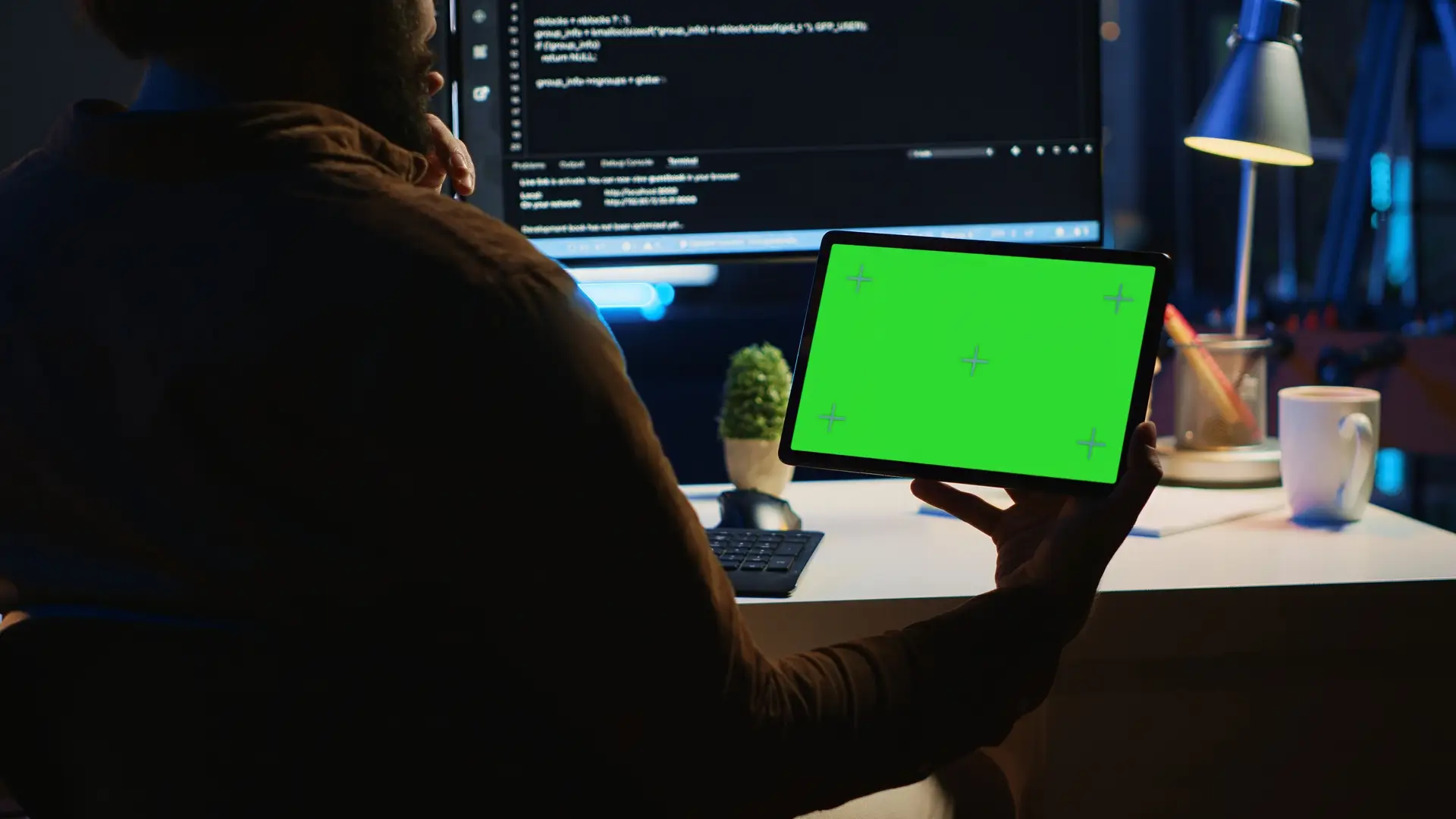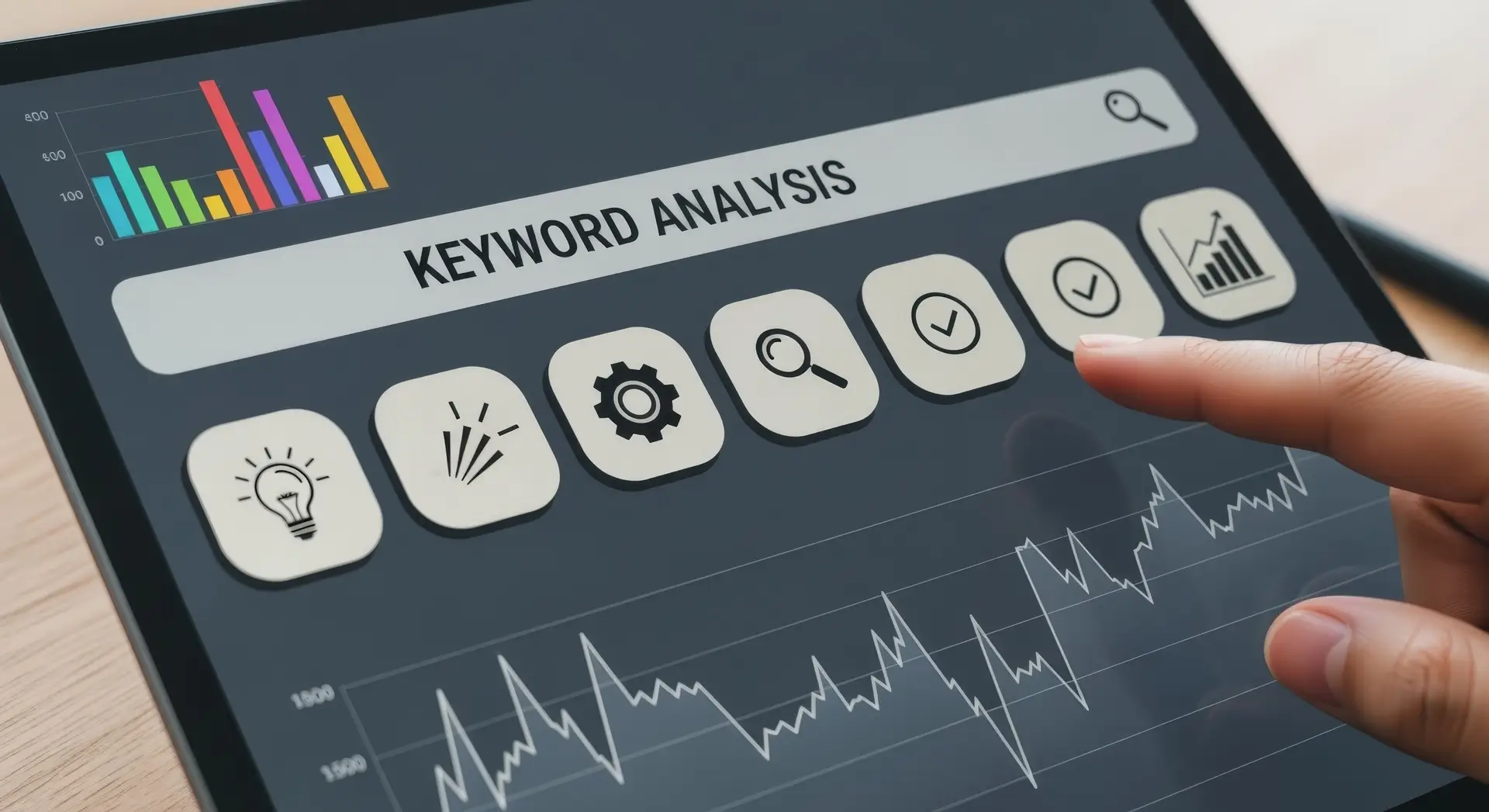A methodical approach is taken in the mobile app development process. To produce secure, useful, and intuitive mobile applications. To create successful apps, companies and developers in the USA must comprehend this procedure. Web and mobile applications are vital tools for consumer interaction. Also, for corporate expansion in today’s digital environment.
This blog uses simple language and practical relevance to explain each step of the mobile app development process. Also, you will find out the app development process and web app development process. This article will provide you with the mobile app development process steps in detail.
If you are looking for professional mobile app development services in the US, then click here. Avail the best offers and credible services here
What Is The Importance of the Mobile App Development Process?
A methodical approach to the mobile app development process lowers expenses, guarantees quality, and speeds up delivery. Teams gain clarity from it. The finished product is in line with user requirements and company objectives. Advantages consist of:
- Improved project management
- A better experience for users
- A quicker time to market
Learn about building unique apps with custom mobile app development. Get the information and explore the services
Mobile App Development Process Steps In Detail
Let’s discuss the mobile app development process steps in detail here:
Step 1: Conceptualization and Idea
Every app starts with a concept. The goal of this first stage is to turn that thought into an organized idea. Important jobs consist of:
- Determining the intended audience
- Examining the demand in the market
- Examining rivals
- Specifying the goals of the app
Note: The entire process of developing a mobile app is guided by this phase.
Step 2: Strategy and Planning
Establishing a clear roadmap is the next stage after defining the concept. This guarantees that the software is created within the allocated budget and time frame. Planning includes:
- Choosing a technology stack
- Platform preference (Android, iOS, or both)
- Model of Monetization
- Timetable and distribution of resources
Note: Technical execution and commercial objectives are in line when planning is done correctly.
Step 3: UI/UX Design
Once the strategy is in place. The next critical phase is designing. How the app will look and feel. A well-thought-out UI/UX design ensures that. Users enjoy using the app and can navigate it with ease. This phase involves:
- Wireframing the app screens
- Designing intuitive navigation
- Choosing fonts, color schemes, and icons
- Ensuring accessibility for all users
- Creating interactive prototypes for testing
Note: An app that is both visually appealing and user-friendly is built on the foundation of strong UI/UX design.
Step 4: Development of the Frontend and Backend
This stage uses coding to make the app come to function. The backend (server-side) and frontend (client-side) components are constructed concurrently. Front-end programming includes:
- Programming for user interfaces
- Layouts that are responsive
- Compatibility of devices
- Development of the backend:
- Integration of databases
- Third-party services and APIs
- Implementation of security
Note: Designers and developers must work together on this. Which is the important step in the mobile app development process.
Step 5: Quality Assurance and Testing
The app’s proper operation and compliance with performance standards are guaranteed by quality assurance. Before the launch, testing finds bugs and usability problems. Normal testing techniques include:
- Testing for functionality
- Testing of performance
- Testing for security
- Testing for user acceptance (UAT)
Note: An app that has been thoroughly tested increases trust. Also, it lowers the possibility of unfavorable reviews after launch.
Step 6: Launch and Deployment
Following testing, the app is released to app stores such as Apple’s App Store and Google Play. Guidelines unique to the platform must be followed throughout this period. Among the deployment tasks are:
- Completing the metadata for the app store
- Configuring backend servers
- Tracking performance in real time
- Careful planning and attention to detail are essential for a successful launch.
Step 7: Support and Updates Following Launch
After a mobile app is released. The development process continues. Long-term user engagement and security are guaranteed by routine maintenance and upgrades. Among the ongoing tasks are:
- Patch updates and bug fixes
- Optimization of performance
- Additional features
- User input and analytics
Note: Support after launch shows a dedication to excellence and user happiness.
What are mobile app development services? Explore the information and avail the services and offers
What Is The Web App Development Process And Function?
Understanding the web app development process is important for companies creating both web and mobile applications. Web apps differ in their design and technological specifications. Although both have the same methodology. Web app development process and functions are:
- Access through a browser
- Cross-device responsive design
- No need to submit to the app store
- Agile techniques and structured planning are advantageous for both processes.
What Are The Obstacles in the Mobile App Development Process?
An app’s success might be impacted by a number of issues. Comprehending them facilitates efficient team preparation. General problems consist of:
- Feature creep
- Unreliable user interface
- Overspending on the budget
- Issues with compatibility
Note: These hazards can be reduced by proactive planning and user-focused development.
Top Techniques for an Easy Mobile App Development Process
Product quality and efficiency are increased by adhering to best practices. Some important tips are:
- Use MVPs (Minimum Viable Products) to start small.
- Make use of iterative and agile development models.
- Prioritize user feedback as soon as possible.
- Assure compliance and security.
Note: These procedures follow the milestones in the mobile app development process. That results in long-term success.
How To Choose The Best Mobile App Development Process Partner?
For quality and speed, working with a talented development team is important. Always look for excellent support choices, transparency, and experience. Criteria for evaluation may be:
- History of the project completed
- Standards for communication
- Technical prowess
- After-launch services
Note: A trustworthy partner guarantees a more seamless journey and offers strategic value.
If you are looking for professional mobile app development services, then click here. Avail the best offers and services
Final Thoughts On Mobile App Development Process
Ideas are turned into effective digital tools through the magnificent mobile app development process. Every stage, from the original concept to post-launch maintenance, is essential. For creating apps that are effective.
Businesses can create apps that satisfy both users’ wants and corporate objectives. By using a methodical approach and collaborating with skilled experts.
FAQs
1. How should I know what is mobile app development process?
A methodical approach to creating, testing, and releasing mobile applications is the mobile app development process. Planning, designing, developing, testing, and deploying are all included.
2. What are the primary mobile app development process steps?
Conceptualization, planning, UI/UX design, front-end and back-end development are the main steps. Also, testing, launch, and post-launch maintenance are the primary phases.
3. How much time does it take to create a mobile application?
Depending on features, platform, and complexity. It usually takes three to six months. MVPs can be created more quickly.
4. How is the development process for web app development process different from that for mobile apps?
Web apps don’t need to be installed and operate within browsers. They are simpler to update without app store approval and make use of responsive designs.
5. What makes testing mandatory to the creation of apps?
Testing increases user pleasure, ensures the program functions as intended. Also, it finds errors early. It also helps in avoiding performance and security problems.




